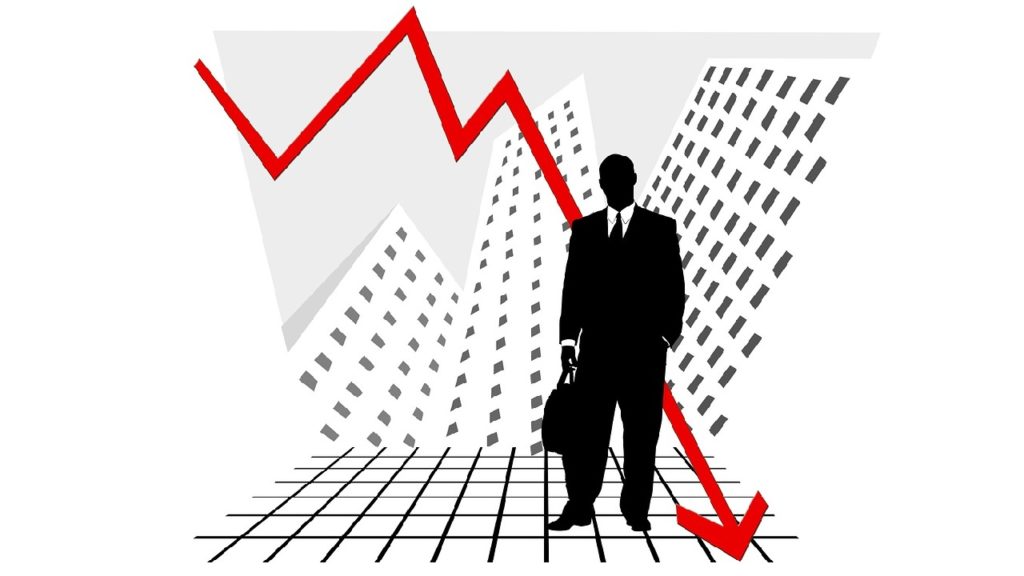by Peter Schiff, Schiff Gold:

During testimony on Capitol Hill, Federal Reserve Chairman Jerome Powell said the central bank may have to raise interest rates higher than previously expected to bring down price inflation.
Despite the speed of Fed hiking and the enormous amount of debt in the US economy, most people in the mainstream seem convinced the central bank can keep hiking rates without breaking the economy.
Economist Thorsten Polleit disagrees.
TRUTH LIVES on at https://sgtreport.tv/
He argues that the odds are rising that the Fed’s tightening policy will trigger the next economic bust.
And it could be a big one.
The following article was originally published by the Mises Wire. The opinions expressed are the author’s and don’t necessarily reflect those of Peter Schiff or SchiffGold.
From March 17, 2022, to the end of January 2023, the US Federal Reserve (Fed) increased its federal funds rate from practically zero to 4.50–4.75 percent. The rise in lending rates came in response to skyrocketing consumer goods price inflation: US inflation rose from 2.5 percent in January 2022 to 9.1 percent in June. Notwithstanding inflation falling to 6.4 percent in January 2023, the Fed continues to signal to markets that it will continue to hike rates to bring down consumer price inflation.
This is understandable. The Fed wants to maintain its inflation-fighting credentials; it wants people to believe it is really determined to bring inflation back to 2 percent. It is presumably well aware that the US dollar’s world reserve currency status needs to be protected more than ever, as it gives the US government (and the powerful special interest groups that harness it for their purposes) tremendous power, not only nationally but internationally.
Higher nominal (and real—i.e., inflation-adjusted) interest rates are now necessary to support the US dollar. These higher rates make the greenback more attractive against other unbacked currencies such as the euro, the Chinese renminbi, the Japanese yen, the British pound, and the Swiss franc. And with other central banks worldwide unable or unwilling to catch up with the Fed’s rate hike sprint, the US dollar exchange rate is expected to remain strong, attracting capital from abroad and allowing the US to run a massive trade deficit with the rest of the world.
However, there is concern that the Fed’s tightening could trigger another bust. Why? From sound economic theory, we know that issuing fiat currency through bank loans that are not backed by real savings creates an artificial upswing (“boom”), which sooner or later must end in a recession (“bust”). This is because the initial increase in the supply of bank credit artificially suppresses the market interest rate below the level that would prevail without an increase in bank credit. This artificially suppressed market interest rate entices consumers and producers to live beyond their means, leading to overconsumption and malinvestment.
All this ends once the inflow of new credit and money stops; then the market interest rate rises. Consumption decreases, savings increase, and investment projects are liquidated. Firms go bankrupt, and unemployment rises. Asset prices, such as the prices of stocks and real estate, which had been inflated during the period of artificially lowered interest rates, plummet. Deflated asset prices squeeze the equity capital of private households, firms, and banks. Higher credit costs put borrowers under increasing pressure to service their debt. The number of loan defaults increases, causing banks to tighten their lending standards. A downward spiral begins: tightening credit market conditions lead to more defaults and even tighter credit market conditions. At the extreme, the credit crunch, asset price deflation, and output and employment losses could collapse the fiat money system.



